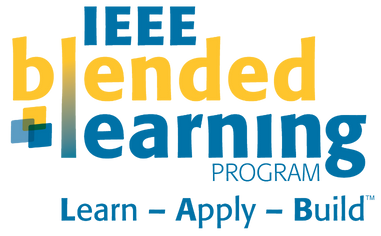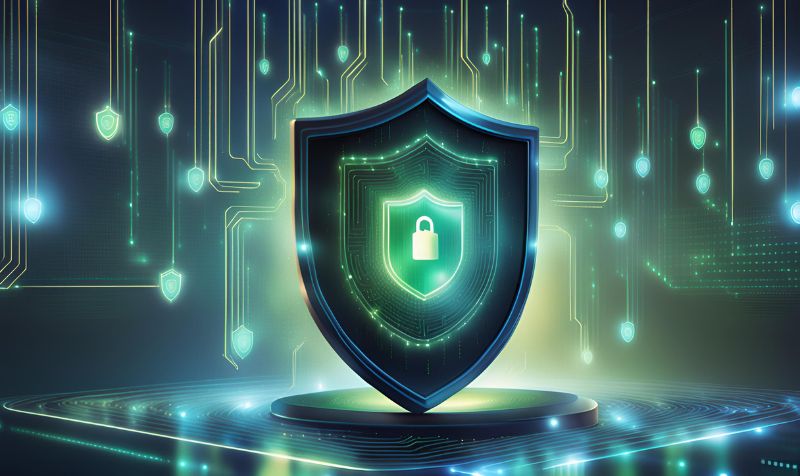
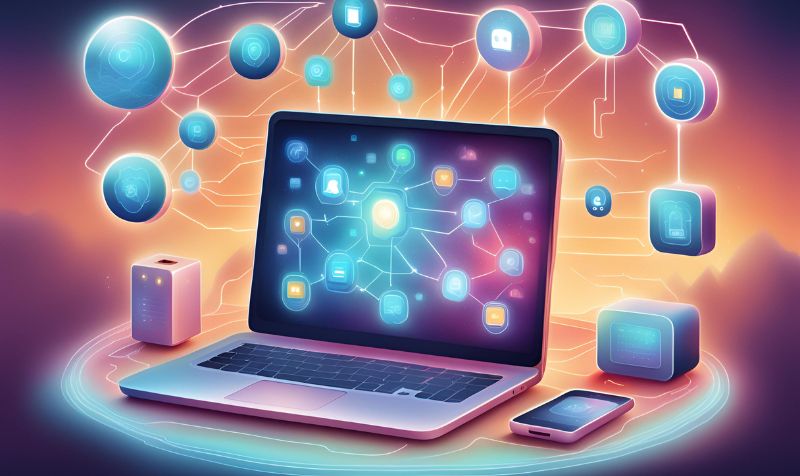
Smart thermostats, smart TVs, smart speakers, smart watches, smart fitness trackers, smart locks, smart lamps—the list keeps going on and on and on.
But have you wondered what makes these ordinary devices smart? Like how does your thermostat adjust the room temperature? And how does your fitness tracker know that you haven’t moved for an hour?
What makes these objects “smart” is their ability to communicate without human intervention.
All this wouldn’t be possible without the advent of the Internet of Things, or IoT. And in 2024, IoT isn’t just present in personal spaces but in almost all industries. So much so that McKinsey estimates the overall market value of IoT will reach a staggering $12.6 trillion by 2030.
But what exactly is IoT, and how does it work to make these conveniences possible?
In this article, we’ll explore the use cases of IoT and how it enhances our everyday lives. Let’s dive in!
What Is IoT?

IoT refers to the vast network of physical objects that are connected to the Internet to collect and share data. This interconnected web includes everything from ordinary household items to industrial tools.
IoT bridges the gap between the physical and digital worlds using sensors, actuators, and networked technology. This enables seamless interactions that enhance efficiency and innovation.
In 2023, there were about 16.7 billion IoT devices worldwide, a significant increase from the 12 billion devices in 2021.
IoT connects everyday devices to the Internet and lets them exchange data. This makes the devices smart, so they can make decisions and take actions based on the information they gather.
Examples of Popular IoT Devices
IoT devices are often small and unobtrusive. They are designed to operate autonomously. They gather data and perform specific tasks based on predefined rules and the data they collect.
According to Cisco, by 2030, 500 billion devices will be connected to the internet.
Here are some popular examples across various sectors that showcase the versatile reach of IoT:
1. Healthcare: Wearable Health Monitors

Wearable health monitors, such as smartwatches, are a boon to the healthcare industry. These devices continuously collect health data, such as heart rate, activity levels, and sleep patterns.
With these devices, you can:
- Track vital signs like heart rate, activity levels, and sleep patterns to view your health comprehensively.
- Set daily fitness goals and reminders for a more active and healthier lifestyle.
- Enable doctors to monitor your health remotely.
- Healthcare providers can get essential data, which aids in better patient management and customized treatment plans.
- Analyze health trends to predict potential crises and prevent serious conditions before they develop.
2. Smart Homes: Voice-Assisted Control

Voice-assisted control devices like Amazon Echo and Google Home epitomize the integration of IoT in smart homes. These home assistants allow users to control IoT-enabled home appliances through voice commands. These apps provide great comfort to those with mobility issues or visual impairments. By using these voice-controlled devices, you can:
- Adjust the lighting in your home through simple voice commands.
- Use voice commands to change temperature settings for optimal comfort.
- Integrate with home security systems and monitor your property through voice-activated commands.
- Order groceries or anything else online directly through your voice assistant.
3. Retail: Smart Inventory Management

In retail settings, IoT devices can track inventory levels in real time. This helps store owners manage and monitor their stock efficiently. These systems use RFID tags and smart shelves to track real-time inventory levels.
- Smart shelves can detect when items are low and automatically reorder stock
- RFID tags help prevent theft and improve checkout processes
Some of it’s potential use cases include:
- Continuously monitoring inventory levels. You can ensure that your shelves are never empty and items are always available.
- Placing an automatic order once you’re running low on an item. You don’t even have to get involved manually.
- Securing and tracking your products through RFID tags. This can prevent theft incidents.
- Making the entire checkout hassle-free and more efficient.
4. Industrial Manufacturing: Predictive Maintenance

Business owners in manufacturing can use IoT devices to monitor their machinery. This allows them to determine precisely when maintenance is needed. Hence, their entire optimization process relies more on actual wear and tear than predefined schedules.
Here’s more use cases of the same:
- IoT sensors track machinery performance continuously. This will further alert to anomalies that predict failures.
- Systems automatically notify maintenance teams and schedule repairs when potential issues are detected.
- Data analysis over time helps predict part lifespans and schedule preemptive replacements.
- It helps maintain consistent product quality by ensuring equipment operates without faults.
5. Transportation: Connected Vehicles

Imagine a vehicle that takes you from point A to B and maintains itself in prime condition. That’s the reality of connected vehicles in the transportation sector.
Equipped with advanced telematics systems, these vehicles are revolutionizing fleet operations by monitoring engine performance, optimizing fuel usage, and providing real-time navigation and traffic insights. Here are some of its potential use cases:
- Vehicles continually assess their engine health, identifying issues early to minimize downtime and extend road time.
- These systems fine-tune driving patterns and routes to maximize fuel efficiency. This can help you save on fuel costs.
- Updates on traffic conditions in real-time can help you avoid unexpected delays and conduct smarter route planning.
6. Smart Cities: Adaptive Traffic Lights

Smart traffic lights use real-time data to change signals and reduce waiting and traffic jams. They connect with each other and cars to help keep traffic smooth, cutting down on air pollution. Here’s a closer look at how this smart technology improves our daily lives:
- It enables dynamic traffic management, where lights adjust in real-time based on the actual flow of cars.
- These smart traffic lights work together to optimize traffic flow across multiple intersections. This helps reduce congestion and the average time people spend at red lights.
- These adaptive lights help reduce vehicle emissions by keeping traffic flowing. Less idling means less pollution—a win-win for the environment and people.
7. Agriculture: Precision Farming
Precision farming uses IoT sensors in fields to track soil moisture, weather, and crop health. This helps the farmers decide the best times to water, fertilize, or harvest. It leads to better use of resources, higher crop yields, and more eco-friendly farming.
The agricultural IoT market is expected to reach $5.18 billion by the end of 2023 and $6.98 billion in 2025.
Here’s how it works:
- Sensors placed directly in the soil measure moisture levels in real time. This allows farmers to water their crops only when needed.
- These sensors also track weather conditions. This provides farmers with up-to-date information to make timely decisions that can protect crops from adverse weather.
- By assessing the health of crops through various sensor data, farmers can detect diseases or pests early.
- Precision farming enables the precise application of water, fertilizers, and pesticides. This ensures that plants receive the right amount to thrive without excess.
Learning IoT through IEEE BLP courses
Given the wide use case and implementation of IoT across industries worldwide, it is a compelling subject for beginners and professionals to hone their skills.
If you’re looking to enhance your expertise in one of the fastest-growing tech areas, the IEEE Blended Learning Program (BLP) is the perfect starting point.
This comprehensive suite of courses covers everything from sensor networks to advanced cloud computing applications specific to IoT. The best part is that the modules are self-paced, so you can explore them at your convenience.
You can also expand your knowledge with adjacent topics such as embedded systems, IoT mobile app development, and drone technology integration. This will help you ensure your skill set is comprehensive and robust in the field of IoT.
With IEEE’s blended learning program, you get:
- Expert-led courses updated with the latest tech insights.
- Industry-valued knowledge and skills.
- Access to cutting-edge learning resources
- A completion certificate from IEEE, showcasing your commitment to tech proficiency.
So, why not start your journey in IoT with IEEE today? It’s a smart move for anyone serious about building a future in technology.
Explore Your Potential: Learn and Grow with IEEE!
Visualizing complex data and systems is pivotal to mastering IoT. That’s why it is essential to sign up for courses that teach the definitions and help you understand through visual exercises.
Whether you’re a student eager to break into the field, a professional aiming to enhance your skills, or an academician conducting research, our detailed courses are tailored to help you succeed.
Ready to elevate your knowledge and advance your career? Start your learning journey with our specialized IoT course today!
FAQs
1. What is IoT?
IoT refers to connecting physical devices to the internet to collect and share data. An example is a smart thermostat that adjusts your home temperature based on your habits and weather forecasts.
2. How is the IoT used?
IoT enhances efficiency, functionality, and communication between devices across various sectors. These include patient monitoring, predictive maintenance, automated lighting, and more.
3. What is an IoT device?
An IoT device is a piece of hardware with sensors that exchanges data with other devices over the Internet. Some of its common examples include smart watches, home thermostats, and connected security cameras.
4. What is IoT and its applications?
IoT is a system of interconnected devices that collect and share data to improve efficiency and functionality. Applications include smart homes, healthcare monitoring, industrial automation, and environmental monitoring.
Post Tags : Internet of things IoT sensors IoT with examples sensors
Share:
Social Media
Most Popular

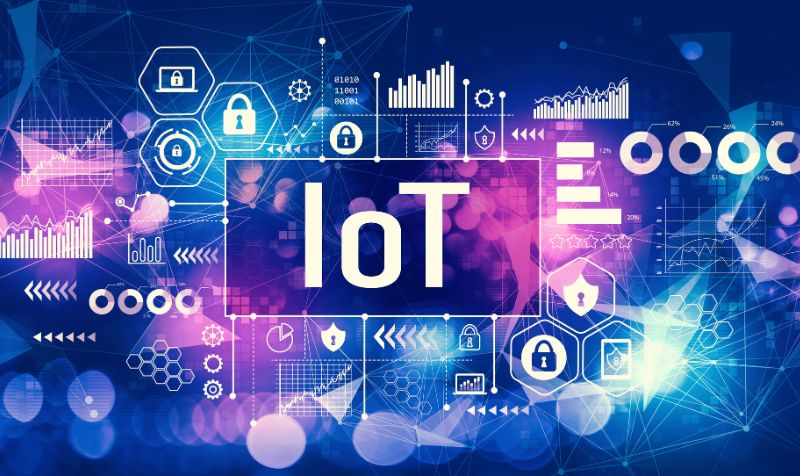
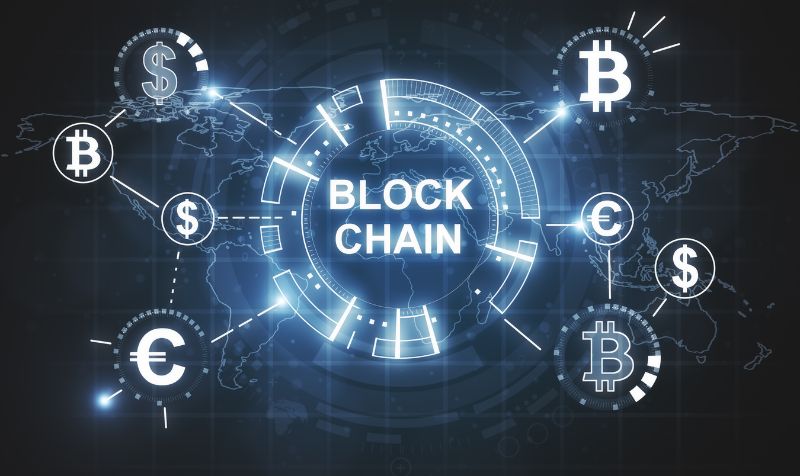
What is Blockchain? A Definitive Guide
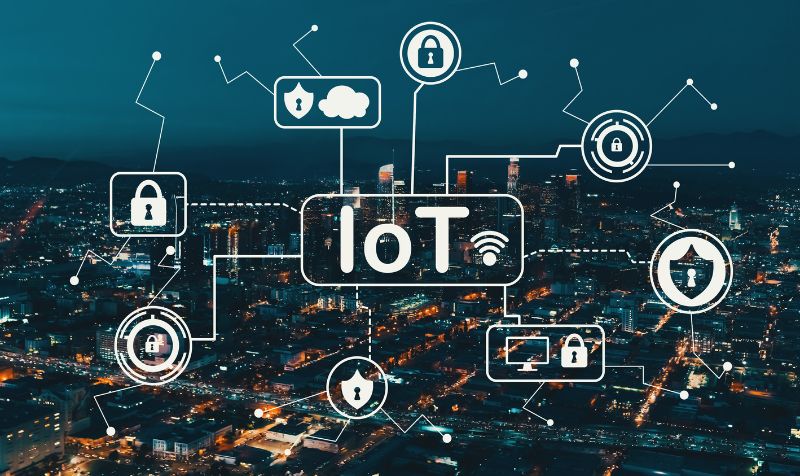
IoT Courses: From Free to Paid All Included
Subscribe To Our Weekly Newsletter
Categories
Filter by tags
-
what is cloud computing
-
Visualization in cloud computing
-
smart contracts
-
sensors
-
Regression in machine learning
-
Python programming
-
Python developer salary
-
Python
-
protocols
-
ML
-
Machine learning MCQ
-
Machine Learning
-
IoT with examples
-
IoT sensors
-
IoT device management
-
IoT
-
Internet of things
-
How to learn python
-
Healthcare
-
Hands-on machine learning
-
Examples of machine learning
-
Ethereum
-
Decentralized
-
cybersecurity
-
cryptocurrency
-
Cloud Computing
-
Cloud
-
Blockchain developer salary
-
Blockchain
-
Bitcoins
-
Bias in machine learning
-
Artificial Intelligence
-
Actuators in IoT
-
actuators
-
5g
Related Posts

Introduction to Cybersecurity
The cyberattack juggernaut increased impossibly in 2024 and left its victims more devastated than ever. Last year, companies were the victims of some nasty attacks.

What is IoT and How to Learn IoT: A Definitive Guide (2024)
Introduction The first question that comes to mind is, “What is the full form of IoT?” IoT stands for the Internet of Things, which refers

What is Blockchain? A Definitive Guide
Blockchain is quickly becoming a buzzword in various industries. This technology was popularised with the advent of Bitcoin in 2008. However, blockchain applications have gone

IoT Courses: From Free to Paid All Included
Introduction In this comprehensive guide on IoT courses, we will explore the field of the Internet of Things and its valuable skills for career advancement,
